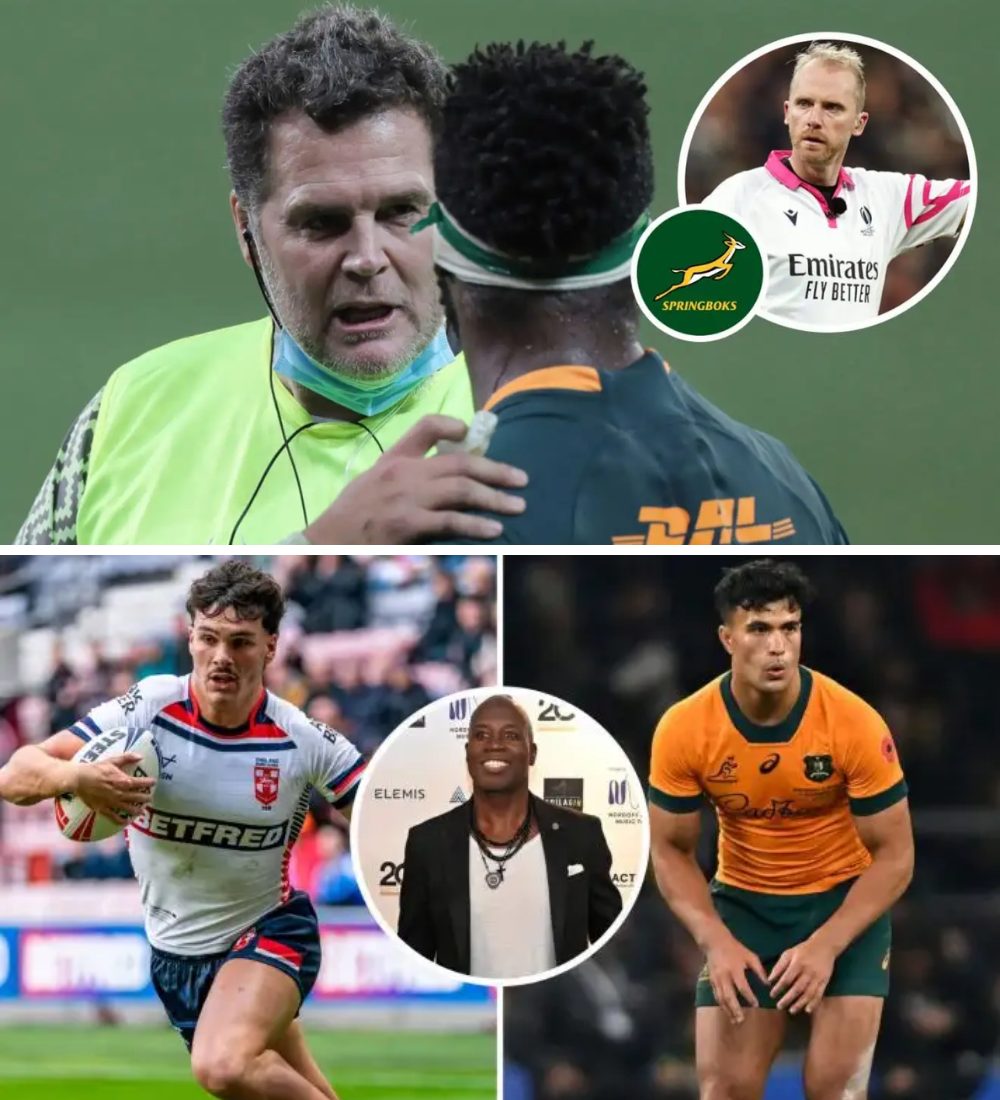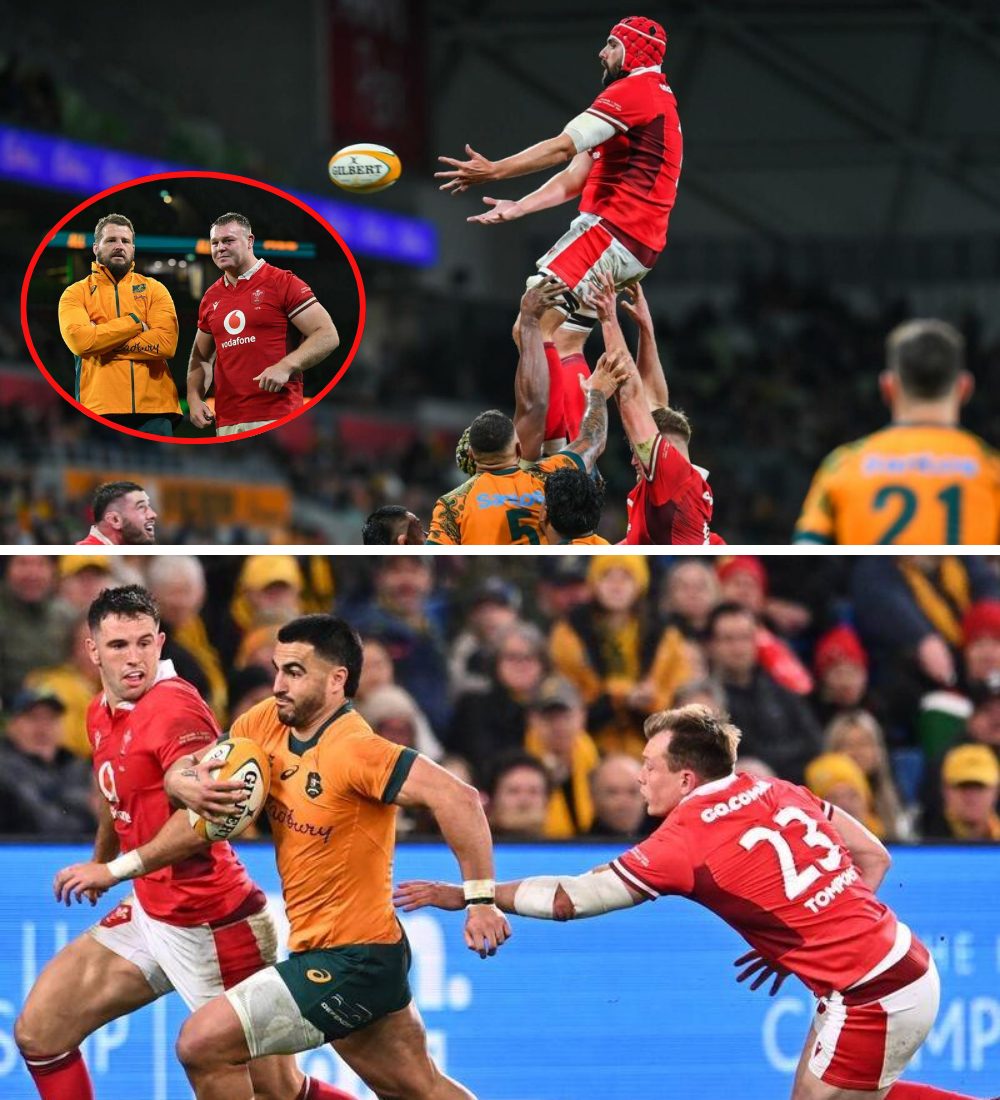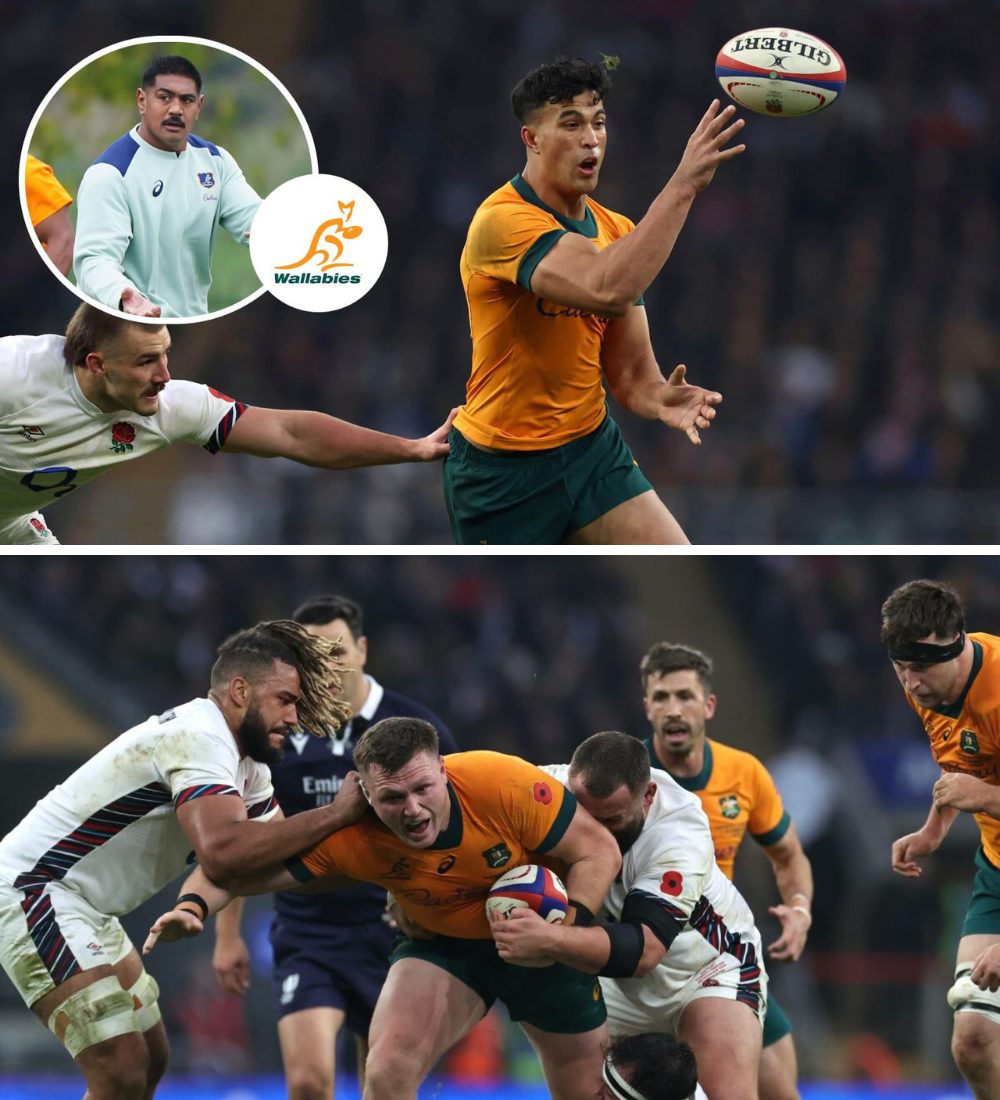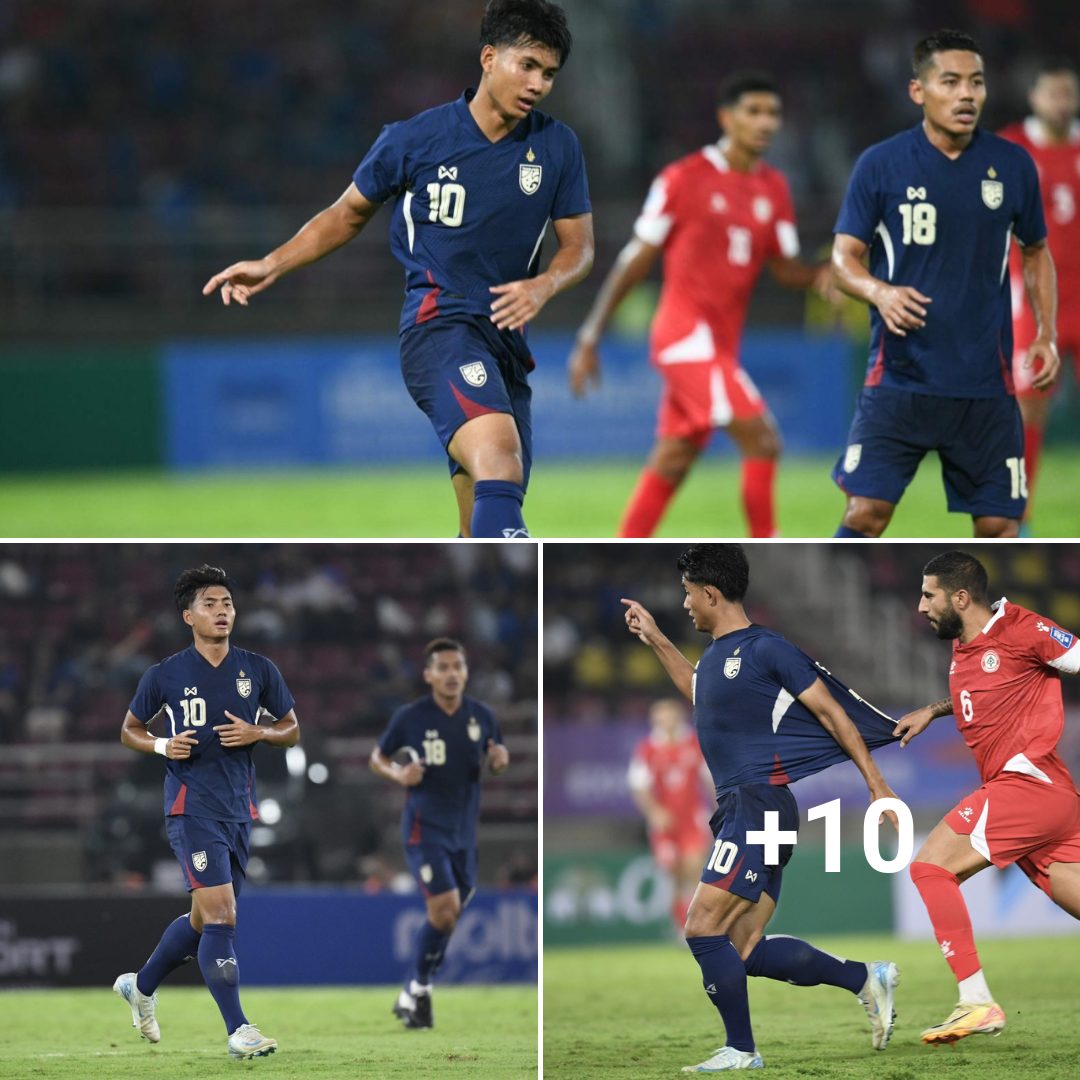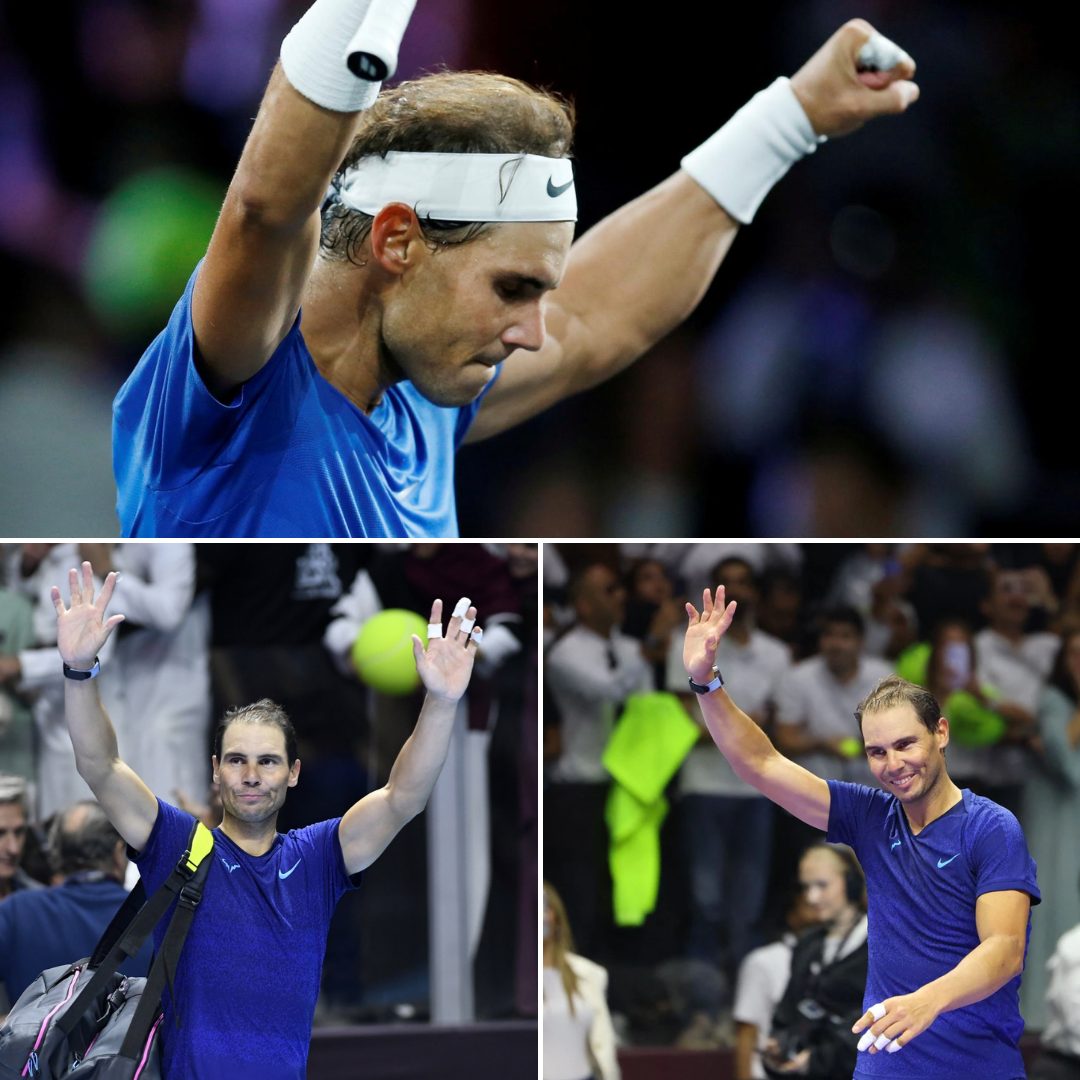NPR’s Scott Simon talks with orthopedist Timothy Kremchekan about how artificial turf can exacerbate injuries among high school football players.
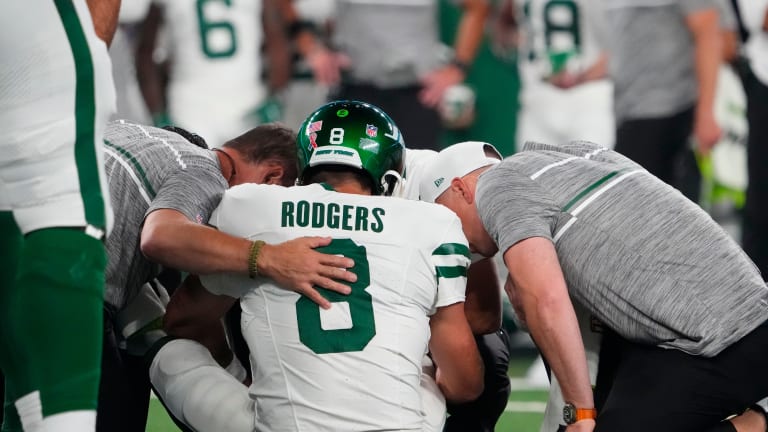
SCOTT SIMON, HOST:
There was much attention when Aaron Rodgers was injured, carted off the field Monday night about four minutes into his first season as a New York Jet and a quarterback they hoped would bring them to the Super Bowl. He tore his Achilles tendon. Aaron Rodgers will be out for the rest of the season. The game was on artificial turf. Forty-eight hours later, the NFL players union once again urged the league to switch all fields to natural grass, saying it’s safer. Some experts also sound the alarm about what they see as the risk that artificial turf poses to high school football players. Dr. Tim Kremchek joins us now. He’s an orthopedic surgeon at Beacon Sports Medicine in Cincinnati and former medical director for baseball’s Cincinnati Reds. Dr. Kremchek, thanks so much for being with us.
TIMOTHY KREMCHEK: I’m glad to be on.

SIMON: From your medical standpoint, what’s the difference between artificial turf versus natural grass?
KREMCHEK: Well, No. 1, the artificial turf – you know, it holds up season by season, sport by sport for the college and the high schools. But the problem is the footing. Your footing gets caught in the artificial turf, and it doesn’t give. And when that doesn’t give, then your body is twisting and/or people are falling on you. You’re trying to make quick cuts. Then something has to give, whether it’s your ankle sprained, broken, Achilles tendon, knee. And it’s been a real problem with multiple sports at all levels for a lot of years. Even though the artificial-turf makers are trying to change it and make it as closely resemble grass as they can, they still haven’t been able to do that.
SIMON: As I don’t have to tell you, some of the pro teams who use artificial turf contend that actually they think that the risk of injury is less because the surface is uniform, and it’s weather resistant, they say, so players don’t slip and slide or get a foot or a toe caught in a divot like they might on natural grass. How do you answer that?
KREMCHEK: Well, that’s true. And I think a lot of athletes like to play on artificial turf when you’re running straight ahead. And in most instances, you’re right. In inclement weather, it can be great. The problem is when you do cutting sports like soccer or football, and you have to – if you wear cleats and it gets caught in the seams of the artificial turf, the thing that gives is your body. And if you’re on regular grass or mud, even, then the mud or the grass gives rather than your body.
SIMON: We should explain. When you say a cutting sport, you mean a sport where people run a lot and have to change direction. Yeah.
KREMCHEK: Yeah. And that’s – I mean, that’s soccer. That’s being a tailback in football, defensive back. So it’s your foot getting caught. And the guys would say, well, you know, the argument would be, well, why would you wear cleats? Well, if you don’t wear cleats on artificial turf, you slide all over the place so you don’t get your footing even if there’s just a little wetness. So you’ve got to wear some type of a cleat. Yet the cleat that you wear gets caught inside of the turf. That can be dangerous. And they have to be more controlled when they’re playing on artificial turf because they don’t want to have that cutting injury. They don’t want to have that uncontrollable fall or twist. It’ll hurt them.
SIMON: Do you personally see more injuries on artificial turf?
KREMCHEK: I do. I see more injury. But the problem is a lot of the kids that we see with college and high school, they have artificial turf because financially it makes more sense. They play men’s and women’s sports pretty much year-round – lacrosse, soccer, football. And so I’m going to see more injuries on artificial turf because the volume of games are played on artificial turf in most areas of the country now.
SIMON: Do you have some concern that if the NFL doesn’t go more to natural grass, that high school and colleges will say – will point to the NFL as an example, and young athletes might be injured before a career gets started?
KREMCHEK: Absolutely. I mean, I think the NFL has a huge responsibility here. The NFL makes a lot of money. And it’s very visible, and it’s becoming more and more popular every year. And so I think that whether you’re a college or a high school or junior college, if the NFL can say that the entry rates are the same as regular grass, they’re going to be able to justify and mostly for financial reasons, to be able to say, let’s put artificial turf down because we can’t afford, No. 1, to put natural turf and, No. 2, maintain natural turf for all the sports that we have to play year-round. So I think the NFL has a huge responsibility, as well as Major League Soccer. But I think they have a huge responsibility because you’re right, everybody’s going to hang their hat on what the NFL does.
SIMON: Dr. Tim Kremchek, orthopedic surgeon at Beacon Sports Medicine in Cincinnati, thanks so much for being with us.
KREMCHEK: It’s my pleasure. I hope this helps. I think we’re going to have to make a change soon.

